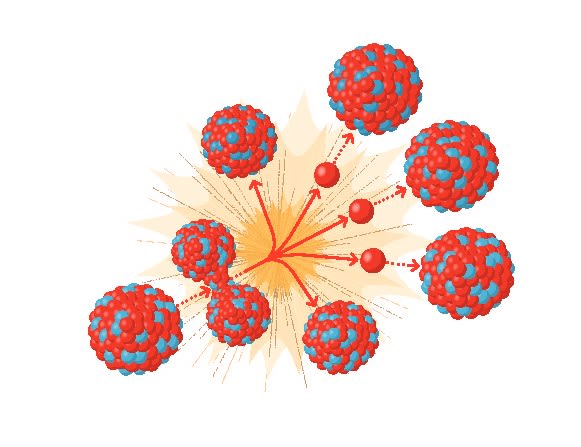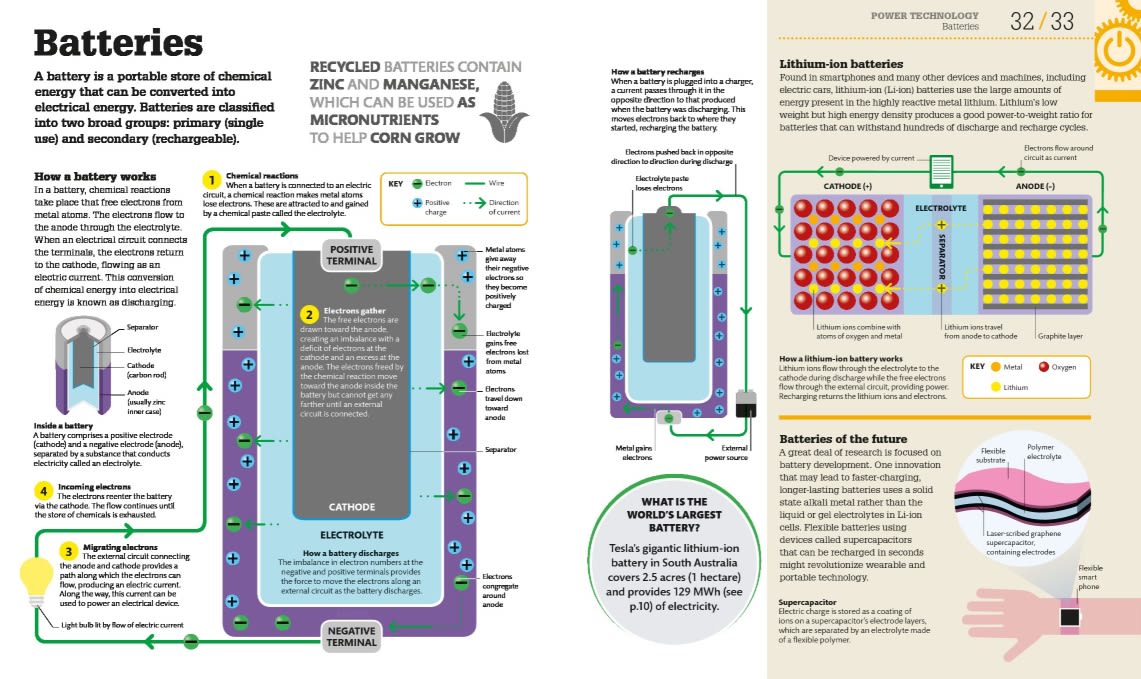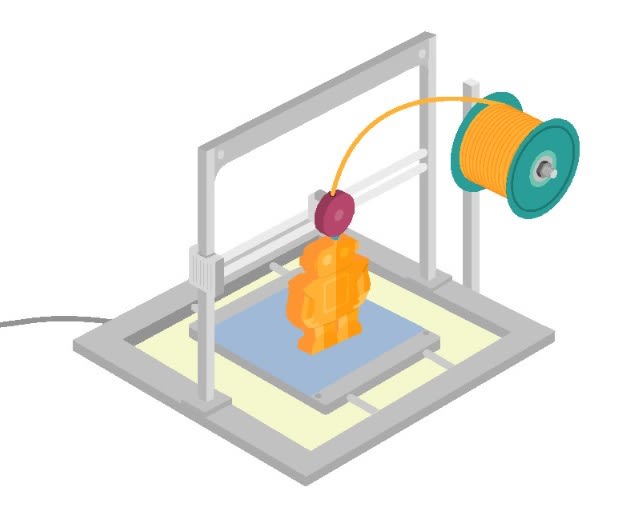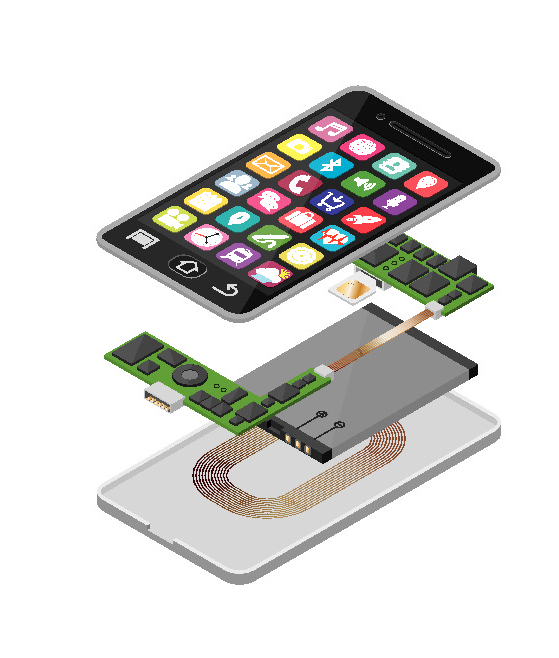8 Interesting Facts from How Technology Works
We live in an age of amazing discoveries and inventions that are transforming our lives. But we have also come to depend on technologies that many of us don't understand. How Technology Works explains everything you need to know so we've gathered up some of the interesting facts from the book.
How is radioactive waste disposed of?
Used fuel rods are removed from a nuclear reactor every 2-5 years but still generate heat for decades and emit harmful levels of radioactivity for even longer. Most are initially stored in deep, cold-water storage pools for few years before they are either reprocessed or placed in a concrete-encased casks.

Can drilling cause an earthquake?
In 2006, a geothermal plan in Basel, Switzerland was held responsible for inducing a magnitude 3.4 earthquake. Enhanced geothermal systems inject fluid under high pressure to create cracks and fractures in rock so the fluid can travel through a larger area and get more heat. There is some evidence that such fracturing could create uncontrollable seismic activity.
Can batteries help things grow?
Recycled batteries contain zinc and manganese, which can be used as micronutrients to help corn grow.

What is the world's largest concrete structure?
Many of the world’s largest manmade structures are made of concrete. The most massive is the Three Gorges Dam in China, made of more than 73 million tons of concrete. The Petronas Twin Tower in Malaysia is the most massive concrete building.
Can 3-D printing make space travel easy?
In 2014, astronauts on the International Space Station printed a ratchet wrench with a design file transmitted from the ground. 3-D printing could avoid the need to carry items that might never be used.

Are lasers actually ever used as weapons?
Yes, there are few systems already in use, in which high-power lasers are used to destroy objects. At present, though most systems are still experimental.
Where does the name Bluetooth come from?
Bluetooth is named after a king who united Viking tribes, as it was intended to unify communication across devices.
What was the world's first smartphone?
IBM's Simon was the first smartphone and was released in 1994. It weighed 18 oz (510 g) and featured a modem for sending and receiving faxes.


